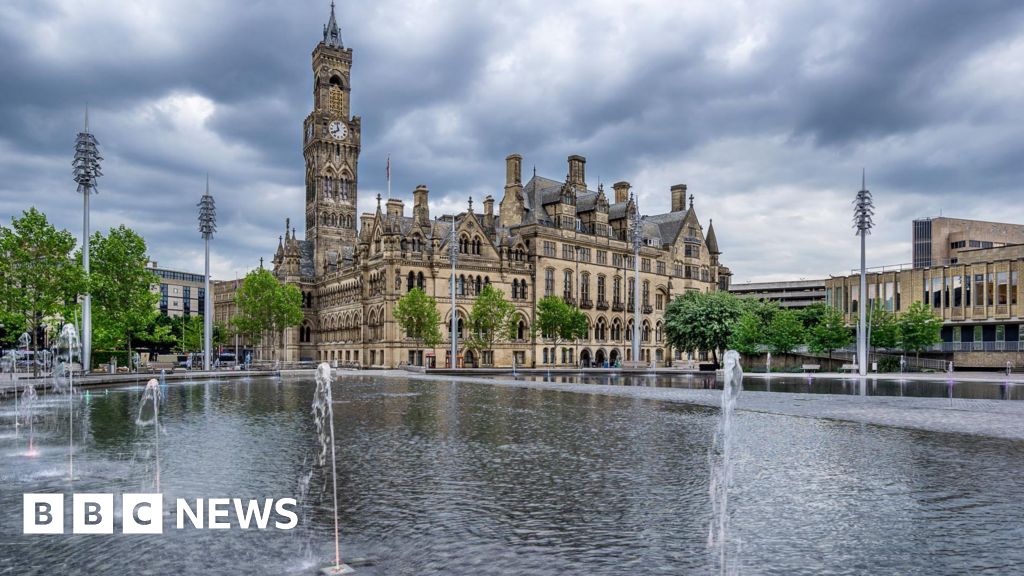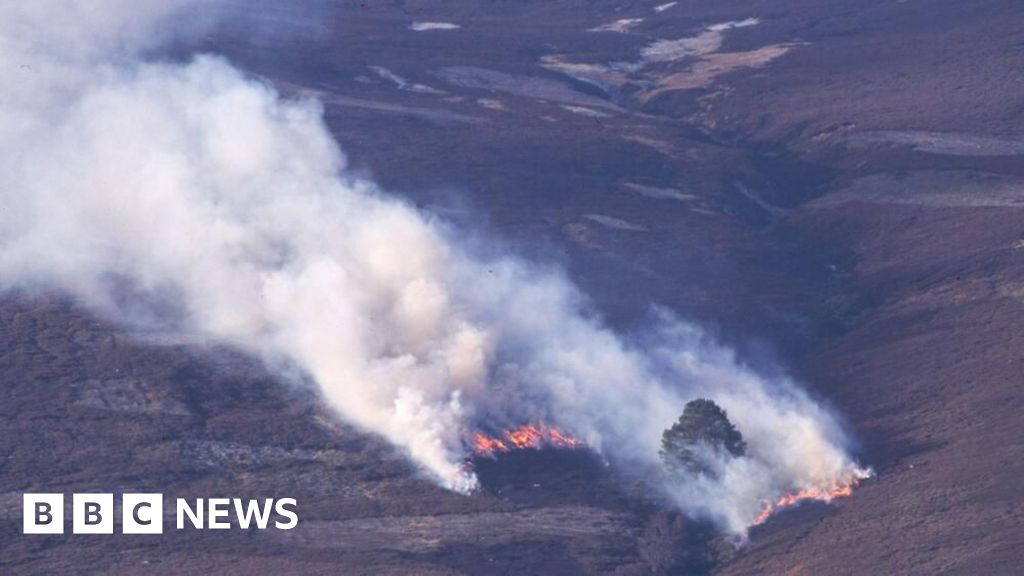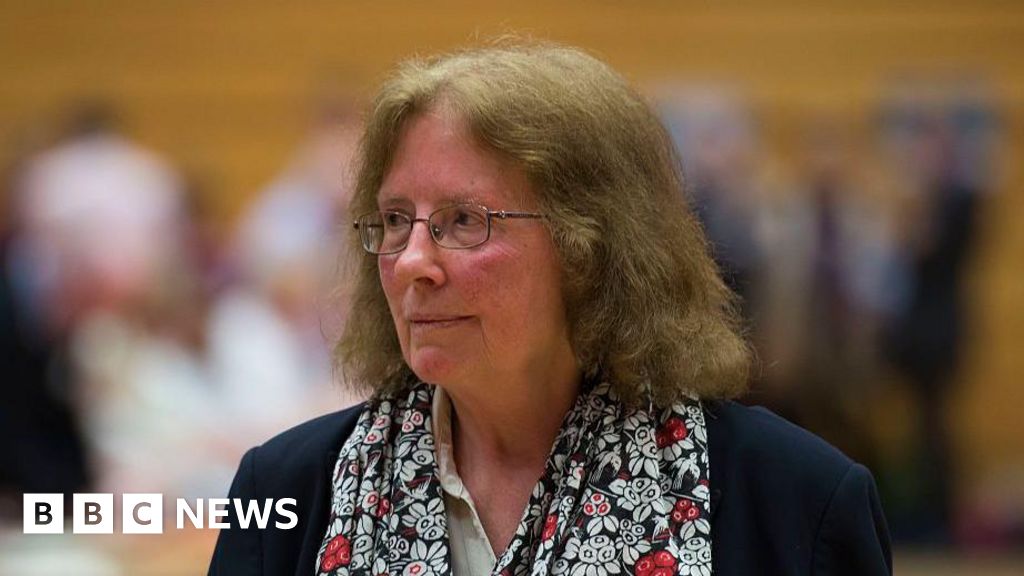- Lifestyle
Trump's tariffs would cut US deficits and shrink the economy, CBO says
时间:2010-12-5 17:23:32 作者:Startups 来源:Mobility 查看: 评论:0内容摘要:Kozlov grew up in St. Petersburg, Russia, but had long felt a sense of wanderlust. After serving a mandatory year in the military, he decided he wanted to live in Israel, arriving in August 2022 and taking part in Masa, a gap-year program that included an internship in motion design at a Tel Aviv company. His life was carefree,Kozlov grew up in St. Petersburg, Russia, but had long felt a sense of wanderlust. After serving a mandatory year in the military, he decided he wanted to live in Israel, arriving in August 2022 and taking part in Masa, a gap-year program that included an internship in motion design at a Tel Aviv company. His life was carefree,
and an obstacle to resolving the decades-old conflict.and malnutrition have mounted among Gaza’s 2.3 million Palestinians since Israel barred entry of food, fuel, medicine and other supplies nearly three months ago, allowing a trickle of aid in only the past two weeks.

GHF has opened hubs in three locations – two in the far south around the city of Rafah, and the other in central Gaza near the Netzarim corridor, a strip of territory controlled by Israeli forces. The large crowds have to walk miles to reach the locations.More than a dozen Palestinians described chaos at all three Thursday.At one of the Rafah sites near the Morag Corridor, another Israeli-held strip, one man told the AP he and his cousin arrived at 5:30 a.m., and found thousands of people massed outside, waiting to be let in. When it was opened, the crowd flowed into an outdoor area ringed by barbed wire and earth berms, where pallets of food boxes had been left.

Armed contractors stood on the berms watching, and beyond them Israeli troops and tanks were visible, said the 41-year-old man, who spoke on condition he be identified only by his first name, Shehada, for fear of reprisals. The crowd descended on the food boxes, and pushing and shoving got out of control, he said.Shehada said the contractors pulled back and Israeli troops shot at people’s feet. His cousin was wounded in the left foot, he said. “The gunfire was very intense,” he said. “The sand was jumping all around us.”

At the other Rafah site, several people told AP of a similar scene of pallets of food boxes left on the ground for the crowds to take whatever they could with no control by staff. Mohammad Abu-Elinin, said “gangs” carried off cartloads of flour bags and multiple aid boxes.
Samira Z’urob said by the time she arrived at 6.a.m, “the thieves had stolen people’s aid.” When she begged, one person gave her a bag of pasta and a can of beans. “I said, Thank God, and took it to my children,” she said. “I haven’t had flour for more than a week.”Ashaninka Indigenous leader Francisco Piyako poses for a portrait during the annual celebration recognizing the Ashaninka territory in the Apiwtxa village, Acre state, Brazil, Monday, June 24, 2024. (AP Photo/Jorge Saenz)
Ashaninka Indigenous leader Francisco Piyako poses for a portrait during the annual celebration recognizing the Ashaninka territory in the Apiwtxa village, Acre state, Brazil, Monday, June 24, 2024. (AP Photo/Jorge Saenz)EDITOR’S NOTE: This is part of a series of on how tribes and Indigenous communities are coping with and combating climate change.
Indigenous groups have long argued that they are in the best position to conserve and protect forests, having been successful stewards of lands for thousands of years. Indigenous land management is increasingly a central policy discussion at climate talks as global warming worsens and other methods to protect forests, such as carbon credit schemes, have largely not been successful.The area where the Apiwtxa village sits in the Brazilian Amazon was once a sprawling cattle farm run by non-Indigenous settlers who deforested the land. Establishing land boundaries opened the door to reforestation and cultural rebirth. (AP Video/Jorge Saenz)
- 最近更新
- 2025-07-07 05:29:30video content. Petrobras: fuelling the future or stuck in the past? | FT Film
- 2025-07-07 05:29:30What is Iran’s IRGC and who has Israel killed?
- 2025-07-07 05:29:30Lloyds moves £6bn pension fund in house
- 2025-07-07 05:29:30Israel-Iran conflict: List of key events, June 19, 2025
- 2025-07-07 05:29:30opinion content. Instant Insight. Trump has opened a Pandora’s box
- 2025-07-07 05:29:30‘Growing number’ of Britons view Israel’s actions in Gaza as genocide: Poll
- 2025-07-07 05:29:30Apple locked in last-minute App Store negotiations to avoid Brussels fines
- 2025-07-07 05:29:30EU squeezes Russia financially to reach ‘peace through strength’ in Ukraine
- 热门排行
- 2025-07-07 05:29:30Best high-yield savings accounts of 2025: AOL editor picks
- 2025-07-07 05:29:30The Florida phone network behind Trump Mobile’s ‘Made in America’ ambitions
- 2025-07-07 05:29:309 age-smart ways to save on car insurance (that can apply to all drivers)
- 2025-07-07 05:29:30Ten years after the signing of the Paris climate accord, demand for coal shows no sign of peaking
- 2025-07-07 05:29:30how to move car insurance, license and registration to a new state
- 2025-07-07 05:29:30Photos: Russia launches ‘horrific’ attack on Kyiv
- 2025-07-07 05:29:30Producer Price Index News Release summary
- 2025-07-07 05:29:30Israel-Iran conflict: List of key events, June 19, 2025
- 友情链接
- Marc Garneau, a former astronaut and Canadian foreign minister, dies Satellite images show Russian bombers destroyed in Ukraine attack Jury convicts Wisconsin inmate accused of killing cellmate for being Black and gay Saudi Arabia hosts over 1.5 million foreign pilgrims for Hajj Saudi Arabia hosts over 1.5 million foreign pilgrims for Hajj CBO: Trump bill will add $2.4T to deficit, leave 10.9M more uninsured Just 686,061 babies were born in Japan last year in a faster decline than projections Exercise, sun protection and other ways to prepare for the Hajj Draisaitl scores in OT as Oilers beat Panthers in Stanley Cup Final Game 1 Trump says Putin told him that Russia will respond to Ukrainian attack Why were boats flying over Puget Sound this week? Exercise, sun protection and other ways to prepare for the Hajj Trump names nominees to take over Middle East and Africa commands Trump administration signals it will slash funds for long-delayed California high-speed rail project Gen Z finds its Broadway moment with 'John Proctor' and 'Romeo + Juliet' Peru allows miners to seek permits in area removed from Nazca Lines protection Meta becomes the latest big tech company turning to nuclear power for AI needs Egypt says the sovereignty of a famous monastery is assured India is preparing to launch its delayed census, including controversial questions about caste Peyton Manning joins NWSL Denver's ownership group McDavid and Draisaitl deliver the Oilers Stanley Cup Final Game 1 win Gauff beats Keys in Paris, meets 361st-ranked foe in semis Prosecutors say Mangione's diary reveals intent to kill UnitedHealthcare CEO Gaza Humanitarian Foundation pauses food delivery after deadly shootings Peru allows miners to seek permits in area removed from Nazca Lines protection Australian woman on trial for mushroom murder of in-laws says she was trying to fix a 'bland' lunch Cuba suffers another massive power outage leaving millions in the dark NATO set to approve new military purchases as part of a major defense spending hike What is the fungus researchers from China are accused of smuggling into the US? Federal judge blocks Florida from enforcing social media ban for kids while lawsuit continues
